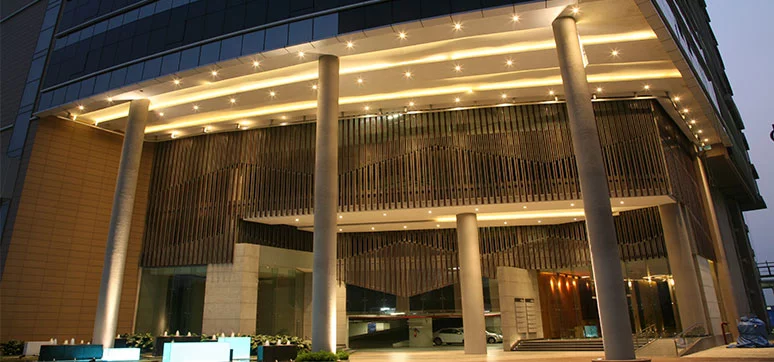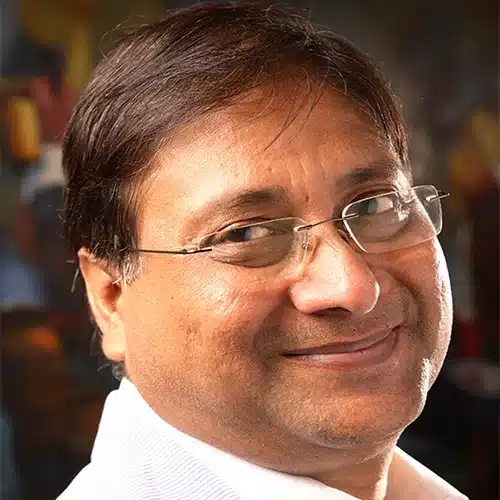The WFM team had the privilege to interview Ar. J.P. Agrawal believes that the key factors to consider while designing a façade are safety, longevity, and maintenance. Excerpts from the interview with Ar. Agrawal.
Please tell us about your practice and its growth over the past 34 years?
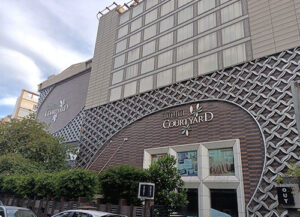
My journey of the last 34 years in the profession of architecture has been extremely satisfactory. At the beginning of my career, I was lucky to get a few promising projects. One of them was ‘Infinity’ IT Park and another one was a housing project named ‘Club Town’. Both of these projects gave me enough recognition to establish myself in the profession.
What inspired you to become an architect?
As a matter of fact, my brother guided me to become an architect. He must have observed my interest. Later during my graduation, I also realized my deep interest in the subject and pursued it as my career. I must say, unless one is truly committed, he or she will find this profession too demanding.
Could you please talk about a few of your ongoing projects?
We have many interesting projects in hand. These include two hotels and mall projects in Gaya and Siliguri. Our other projects include high-rise condominiums, private residences educational institutes, etc., which are at various stages of development.
Tell us about your recently completed projects featuring innovative façade and fenestration design.
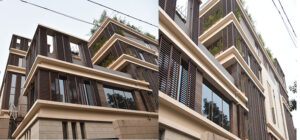
Recently we completed one IT park with a hotel on the top. The developer of the project has a highly refined taste. We used exposed concrete paint, clay brick cladding, and wooden plank tiles to give the desired character to the façade. We have used many new materials in various innovative manners in our various projects.
The façades and cladding industry in India has gone through a sea change in the past decade. Tell us about the latest façade and cladding materials and technologies available in the Indian market and those used in your projects.
The kind of materials available today for various design applications for the façade has opened up a new dimension for design. To exploit this opportunity to its best, architects have to think about design and materials together. High-density boards of various types, textures, and designs are widely used nowadays. The technology of dry cladding and the latest adhesives for wet cladding – have made the cladding safer. The latest technological advancements to create innovative textures on natural stone are adding a new flavour. CNC cutting technology for making jalis and patterns is also widely used. We have exploited the opportunity of all these new technologies to their best in our various projects.
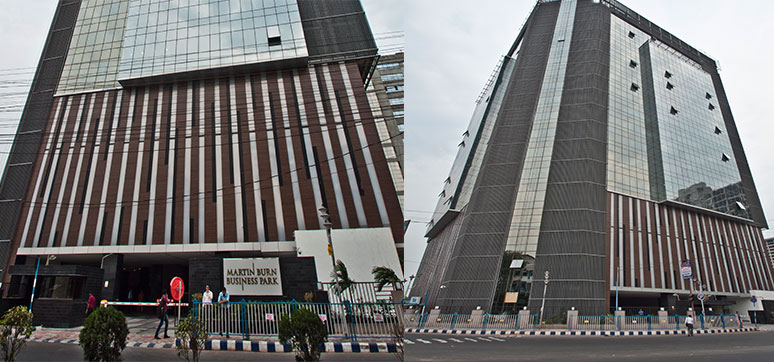
What are the key factors to consider while designing and installing façades & fenestration?
The key factors to consider while designing a façade are safety, longevity, and maintenance. We must remember that our buildings have to be safe and that cannot be compromised for aesthetics. We must select materials keeping in mind that they should stand the test of time. And nevertheless, it should be maintenance friendly also.
Please brief on the design and technical details of a safe façade, considering fire safety, and wind and earthquake resistance?
Regarding wind and earthquakes, we have to undertake various laboratory tests. For example, when we design large glazing, wind load is important. Considering external cladding, fixing details is very important. For structural safety in tall buildings, a wind tunnel test is mandatory. Similarly, for all external applications, the crucial parameter has to be checked with available methods before any specifications and application details are finalized.
How would the façade design and other elements of the façade help the building to be energy efficient, at the same time provide a better interior environment? What about sustainability and environmental considerations when choosing the façade/cladding material?
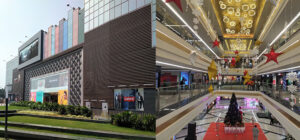
The building envelope has a strong relationship with the climate outside. The orientation of the building and its external surface reacts with the sun and climate. Hence, what we apply on the external surface, be it solid, transparent, or porous all has to be decided with due climate considerations. Minimum heat intake and maximum natural light, both have to be achieved with skillful designs.
What are your views on future façades & fenestration technologies, and materials?
While any new material is conceived, it must be kept in mind that the material has maximum green properties. The manufacturing process and raw material procurement should be environmentally friendly. In the future, when it will have to be disposed of, it should be either recyclable or naturally decomposable.
According to you, what is an intelligent façade? How can intelligent façades bring in the greenhouse effect and also restrict intensive use of air conditioners?
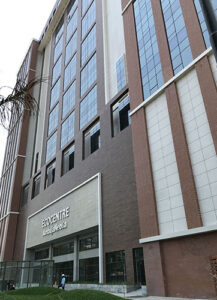
An intelligent façade is one that can react with climate and save energy. Having said so, we also look for cost-effective solutions, and we make sure that whenever we recommend applications of high technology, they should also be affordable.
There are many cladding materials available in the market. How do you choose the apt one for your project? What are the criteria?
There are various criteria we have to consider. Suppose if we are looking for a natural look, we have to ensure that the material looks closest to the look and feel of the original material. Longevity and maintenance of course cannot be compromised.
What is your advice to young, aspiring architects?
Keep your eyes open and work hard. This is what I will advise young aspiring architects. Their future is bright, but for that, they have to learn a lot with hard work.
EcoCentre Kolkata
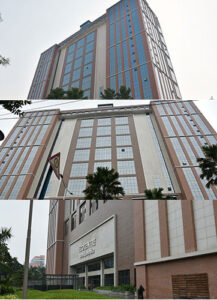
While discussing the design brief of the project, the owner who happens to be very well informed and highly demanding as a client, proposed I design the project as if I am giving a tribute to my favorite master architect. I liked the idea and immediately quoted the name of Louis Kahn. I always admired his excellent application of geometry, the extraordinary play of solids and voids along with earthy materials. This project gave me an opportunity to apply all these in totality.
The building edifice clearly reflects my attempt in this direction. We used exposed terracotta brick cladding on the 20-story high building surface which was a challenge. We used exposed concrete and woody textures which blended very well with terracotta bricks. The same vocabulary was used in the interior of the vast triple-height lobby. The landscaping of the front open space is designed to complement the “simple straight geometrical lines of building façade. Following our design philosophy of “sustainable development, we applied our knowledge and experience to save the energy and natural resources in this project too and obtained “Gold’ certification from the IGSC. The project, after completion, won many awards.
QUICK FACTS:
Project: EcoCentre Ambuja
Location: Kolkata
Client: Harshwardhan Neotia
Materials used for façade & fenestration: Clay brick tiles, Wood textured planks, Flamed granite, Exposed concrete paint
Commencement Date: 2015
Completion Date: 2019
Infinity IT Lagoon (BNKE) Kolkata
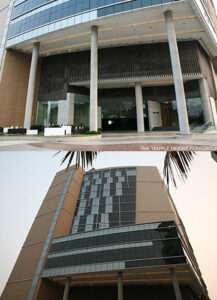
The project design concept is greatly derived from site constraints. The site is located on the dead-end of the project, hence there was no breathing space in the foreground. The compulsion of consuming high-ground coverage to accommodate a large footprint for multilevel car parking posed a further challenge. The whole building concept and its form were derived to resolve these issues. To address this in the best possible manner, a large open space of triple height was generated with staggering floors above: Free-flowing soft curves articulated in such a manner, that the space looks large, and the Impact of building mass softens.
The experience of users on arrival was very crucial considering the nature of the site, hence a lot of weightage was given to the building mass which appears to be close at the time of approach, starting from the ground floor to the fifth floor which largely contributes in the total experience. Every alternate floor till the fifth floor has been rhythmically receded and curved to maximize the volume of the void and at the same time accommodate car parking space. Louvers fashioned out of vertical wood – battens nestled into the steel frames were fixed on the curved surface of the porch. A dynamic wave pattern was adopted in the louver’s design to generate further interest.
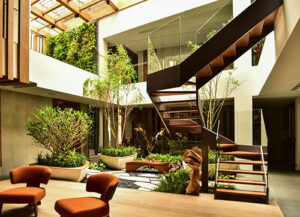
The building form although predominantly rectangular was softly articulated with a tilted curve to make it as soft as possible. The building edifice is largely clad with hollow ceramic tiles and ACP. Wooden louvers camouflaged with steel are used to cover the parking floors.
QUICK FACTS:
Project: Infinity Lagoon
Location: Kolkata
Client: Infinity Group
Materials used for façade & fenestration: Hollow ceramic tiles and double-glazed curtain wall
Commencement Date: 2010
Completion Date: 2014
Jain House Kolkata
“A walk to the forest” concept is adapted for the three-storied private residence located at the heart of the city, surrounded by multi-storeyed buildings on three sides.
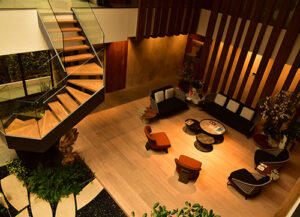
The aim was to create a natural environment for the residents, whereby they can feel fairly detached from the congested and chaotic environment of their surroundings. The forest rising from the center of the concrete mass formed a three-sided open courtyard. The diagonal courtyard split the mass into two segments and brought the forest through it. Amid the metropolitan city, pollution is overwhelming and tries to enter the house. Considering the polluted air, dust, and water in the rainy season, an inverted “U” shaped glass roof is created over the diagonal courtyard. The “Biophilic Design” of the house can help reconnect the user’s mind deep into nature which eases them at their own house.
QUICK FACTS:
Project: Jain House
Location: Kolkata
Client: Sanjay Jain
Materials used for façade & fenestration: Vitrified stone textured tile, HD boards
Commencement Date: 2017
Completion Date: 2019
